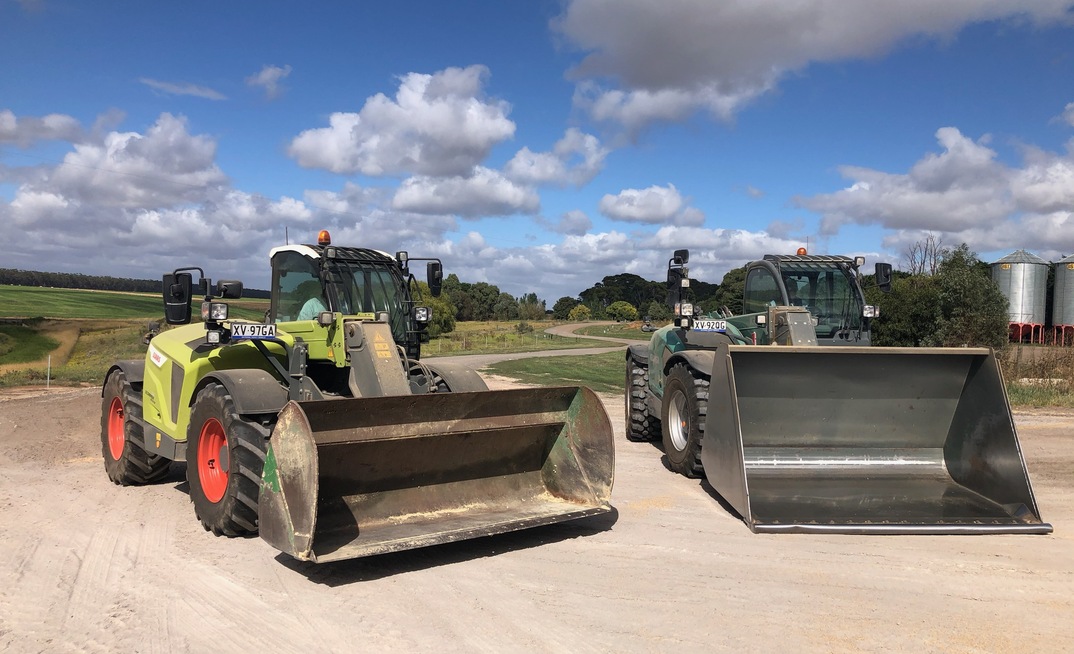WorkSafe has issued a reminder about the safe operation of powered mobile plant on farms following the death of a 61-year-old farmer when a large self-propelled auger he was operating tipped over, killing him instantly.
The grain farmer was moving the auger into position to transfer grain from a silo to a truck. The auger was fitted with a seat but had no seatbelt attached. As the farmer manoeuvred the auger past a silo and began reversing it up a shallow gradient towards the silo, it tipped over onto its side. The farmer was thrown from the seat and fatally crushed.
WorkSafe said while agriculture makes up only two per cent of Victoria's workforce, it accounts for 14 per cent of workplace deaths. Most deaths on farms (about 75 per cent) involve mobile plant and farm vehicles.
Powered mobile plant, including self-propelled augers, can overturn or collide. If there is a seat or operator platform, users can be ejected and suffer serious or fatal injuries.
YOU MIGHT ALSO LIKE
Operators can use self-propelled augers by either standing and walking beside the auger or sitting on the auger. Both methods put the operator at risk of being crushed if the auger tips over.
WorkSafe says hazards that increase the risk of an auger overturning include:
- Augers naturally have a high centre of gravity.
- Many self-propelled augers use a single jockey wheel to support their base. This makes the auger a three-wheeled, powered mobile plant. The triangle between the three wheels that touch the ground forms the 'stability footprint'. This is much smaller than on a four-wheel design.
- The operator's seat being positioned on the edge of the stability footprint.
- Using the augur on a slope or ground that is unstable or uneven.
IDENTIFY HAZARDS
To reduce the risk of mobile plant overturning, employers and farmers must identify hazards before using the plant. These include the plant condition and configuration, such as tyre condition and pressure and the height of the auger, and environmental conditions including slopes, drains and changes in surface, such as the concrete foundation silos are built on and soft surfaces and undulating terrain, including wheel ruts and bogs.
To control the risks of using powered, mobile plant on farms, WorkSafe recommends the following:
- Use the most suitable plant for the task. This may include choosing four-wheeled self-propelled augers. These are more stable than three-wheel designs.
- Any seats should be placed within the stability footprint, between the track width of the main wheels and centrally below the auger shaft. This allows the operator to sit centrally and their weight helps to balance the auger. It also creates the largest safety zone if the auger tips over.
- The seat should be fitted with a seatbelt. This will keep the operator secured to the seat and in the safety zone, rather than being ejected or potentially crushed.
- If operators walk beside the auger, they should not stand on it. This can make the auger unstable.
- Where possible, reduce the travel speed of the auger. This includes smoothing transitions between forward and reverse to keep the auger stable during all operating conditions.
- Where possible, lower the height of the auger before manoeuvring it.
- Ensure ground surfaces are level and adequately compacted to support the plant. This includes levelling wheel ruts, smoothing out transitions with concrete foundations and removing debris. Augers should also only move up and down slopes, not across them.
- Ensure appropriate policies and procedures are in place. This includes regularly monitoring, reviewing and, if necessary, revising systems of work.
For more details, visit worksafe.vic.gov.au/plant























